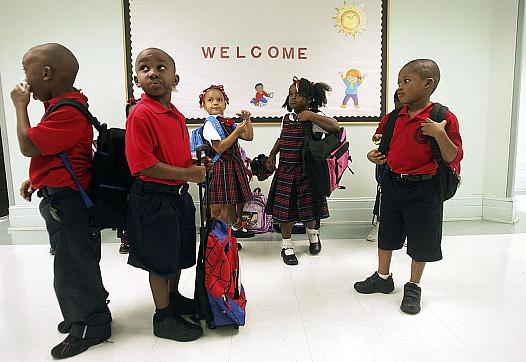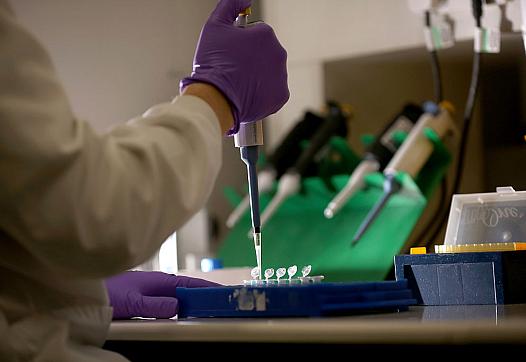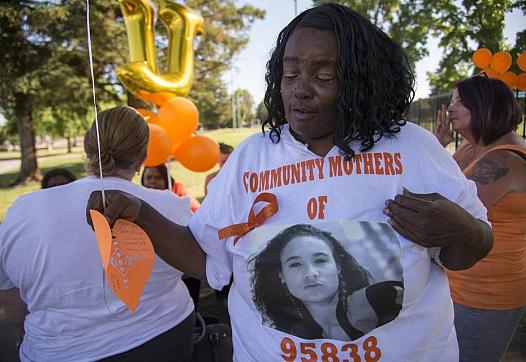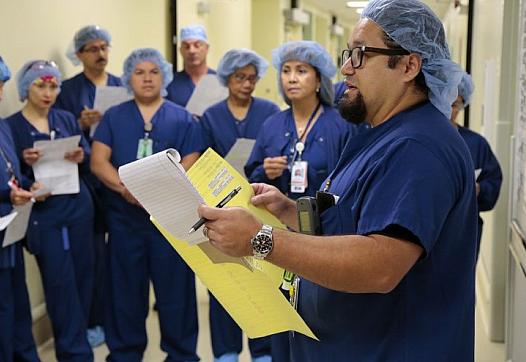
It’s an ongoing debate that has been given special urgency in light of recent attention to police killings of black men. When does the need to inform cross over to sensationalism?

It’s an ongoing debate that has been given special urgency in light of recent attention to police killings of black men. When does the need to inform cross over to sensationalism?

Cyanobacteria, commonly known as blue-green algae, produces potent toxins that sicken people and animals. This is the second time the state has issued a warning about the bacteria and its toxins at Pyramid Lake.

New Orleans restarted its public school system a decade ago after Hurricane Katrina. But addressing the lingering trauma and stress faced by the city's children is a huge ongoing challenge.

The number of children diagnosed with developmental disabilities has increased notably in the past two decades, and a growing body of science suggests that environmental pollution, stress and food insecurity are fueling the trend.

The research base upon which medicine is built is constantly evolving. Open-mindedness and a willingness to constantly update one's knowledge are the best defenses against complacency, writes Dr. Monya De.

After the Milwaukee Journal Sentinel ran a blockbuster series in 2011 on the city's high infant mortality rate, the mayor vowed to reduce the black infant death rate by 15 percent in six years. Five years later, the black rate has gone up. What happened?

There are no confirmed human deaths linked to toxins produced by cyanobacteria, commonly known as blue-green algae, in the U.S., but in the wake of reports of dogs dying from ingesting these toxins, people are worried about the potential harm to humans.

African-American children die at more than twice the rate of other children in California's Sacramento County, a new Bee investigation finds.

In 2012, a surgical team mistakenly removed Paul Kibbett’s healthy left kidney rather than the cancerous tumor on the right side. Since then, the hospital has worked to build a culture where reporting mistakes is celebrated.
It took less than 30 minutes for the 2-year-old golden retriever to die. One moment, the dog was swimming alongside her owners' canoe. The next, she was seizing and foaming at the mouth. Experts say toxic algae is a rising threat in California waters.